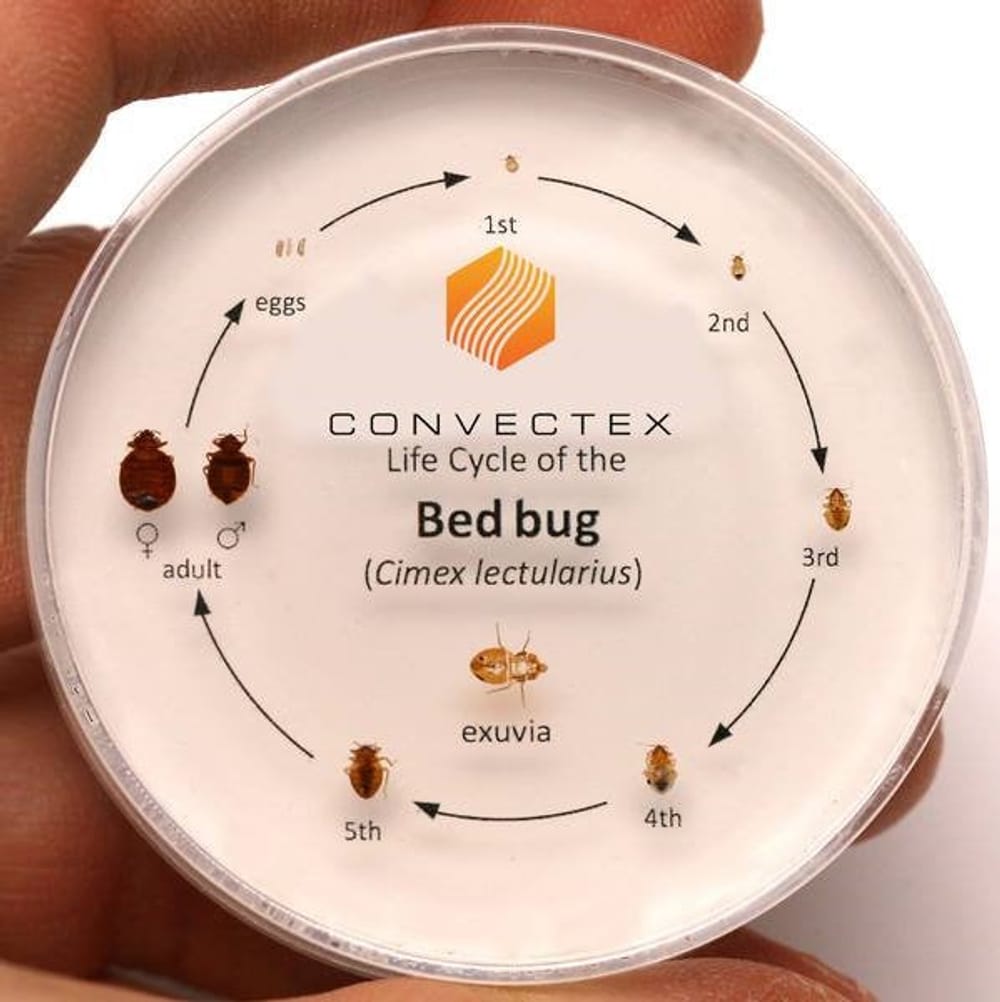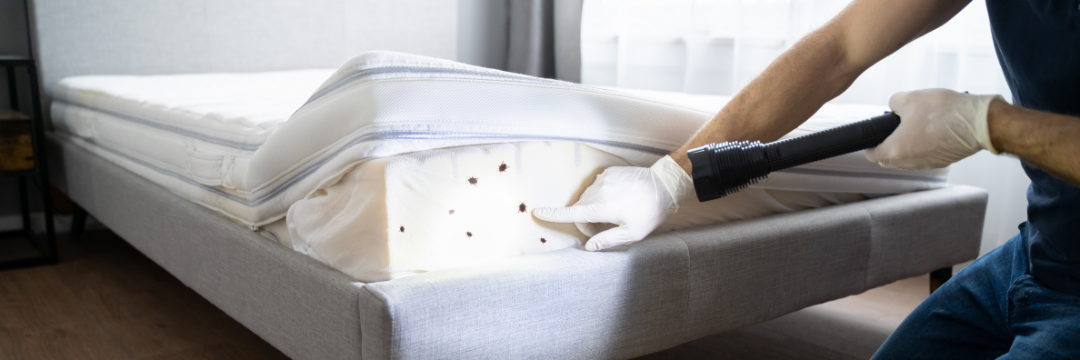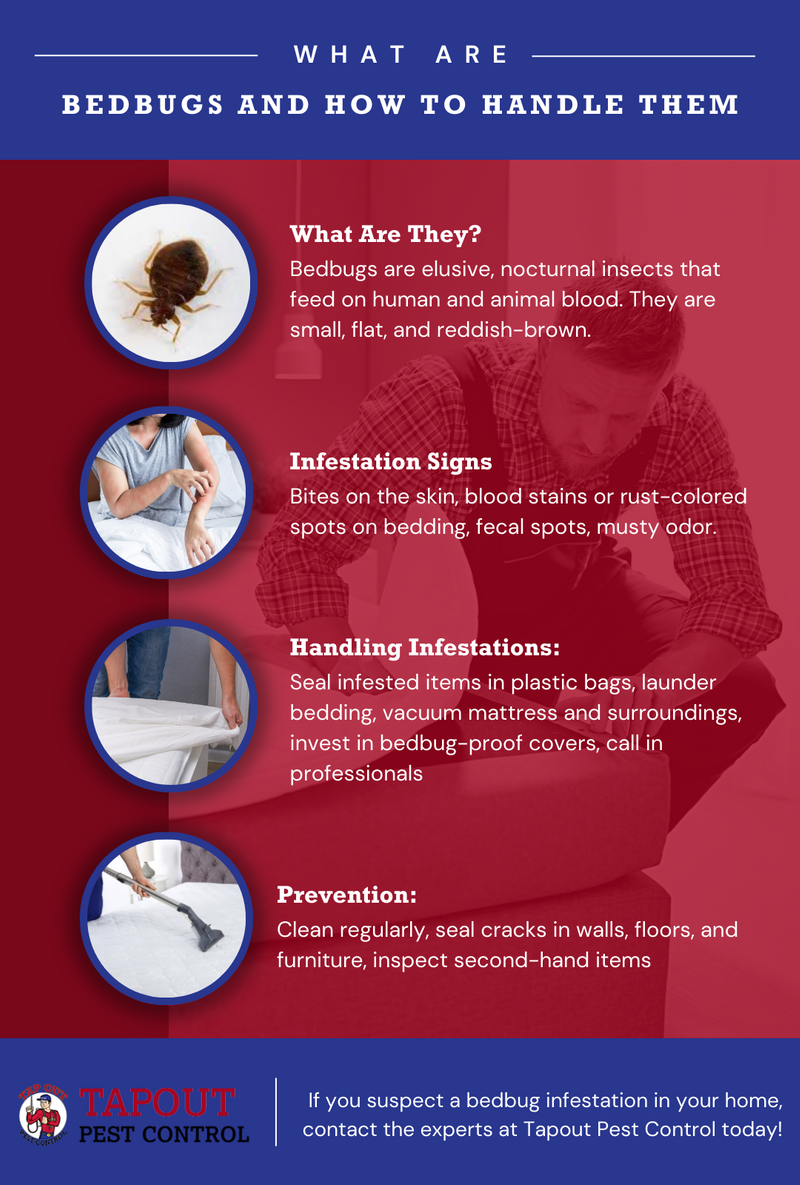The 4-Minute Rule for Bed Bug Services
The 7-Minute Rule for Bed Bug Services
Table of ContentsWhat Does Bed Bug Services Do?Bed Bug Services Fundamentals ExplainedThe Bed Bug Services PDFsFascination About Bed Bug Services
A professional bed bug inspection is far more detailed than a casual glance and demands careful attention. Bed bugs are tiny, quick, and skilled at concealing themselves that hide in narrow spaces, corners, and upholstery. Because of their hidden habits, meticulous assessment is critical to identify the full scope of the problem. Professional inspectors employ a range of techniques, tools, and expertise to identify infestations early, reducing the risk of escalation.The first step in a proper inspection involves familiarizing oneself with the biology of bed bugs. Bed bugs belong to the Cimicidae family and undergo a life cycle that includes eggs, nymph stages, and adulthood. Adults are oval, flat, reddish-brown insects that lack wings and have long legs and antennae. Their feeding apparatus injects anticoagulants while drawing blood, resulting in clusters of itchy bites. Knowing these traits enables detection of likely areas for bed bug activity.
Early detection is vital for preventing large infestations. Professionals search for telltale signs such as fresh droppings that resemble small ink dots, old stains, shed skins, eggs, or eggshells (Bed Bug Services). Female bed bugs are capable of laying hundreds of eggs, leading to rapid infestations if unchecked. Evidence of shed exoskeletons or leftover eggs indicates active infestation and necessitates immediate attention
Preparing for an inspection involves careful organization. Inspectors often suggest tidying up spaces to allow full access, which improves access to furniture and baseboards. Bedding and linens may be washed in hot water and dried on high heat, and then kept in plastic bags to maintain cleanliness. Wall decor, mirrors, and pictures are sometimes moved to inspect behind frames. Vacuuming furniture and floors may capture visible bugs and eggs, and vacuum bags should be disposed of immediately outside.
How Bed Bug Services can Save You Time, Stress, and Money.
The inspection itself is comprehensive and careful. Inspectors examine mattresses, bed frames, and headboards, looking closely at creases, joints, and folds. Upholstered furniture, including sofas and recliners, why not try this out is carefully examined, with attention to seams and cushions. Baseboards, moldings, the edges of wall-to-wall carpeting, electrical outlets, closets, and storage areas are also included in the inspection, as these can be common harborage sites.
Specialized tools improve inspection effectiveness. Flashlights, magnifying lenses, multi-tools, and mirrors allow examination of tight spaces. Monitoring devices like interceptor traps or sticky pads aid in identifying infestation trends. Some companies employ trained canines, which detect even small infestations, distinguishing them from non-active traces.

Meticulous documentation plays a critical role. Inspectors maintain detailed notes of findings, areas affected, and next steps. This provides a reference for follow-ups and offers proof of inspection. Residents are often asked to avoid disturbing potential infestation signs, as this ensures accurate results.
After inspection, a monitoring plan may be implemented to verify infestations and observe trends. Continuous monitoring identifies surviving insects after treatment, and asking residents about bites and sightings supplements physical go to my site inspection. Cooperation from residents ensures accuracy.
7 Simple Techniques For Bed Bug Services

Professional inspections are more reliable than self-inspections. Trained inspectors recognize early evidence of bed bugs, avoid unnecessary treatments, and give peace of mind.
Bed bug inspections are particularly important in high-risk environments. Inspectors examine adjacent units, common areas, and shared furniture to ensure the infestation is fully mapped (Bed Bug Services). This stops further spread
In summary, a professional bed bug inspection includes identifying the pest, readying the environment, inspecting meticulously, employing tools, maintaining records, and ongoing monitoring. Each step supports early detection, informs treatment, and reduces future risk.
Not known Incorrect Statements About Bed Bug Services
